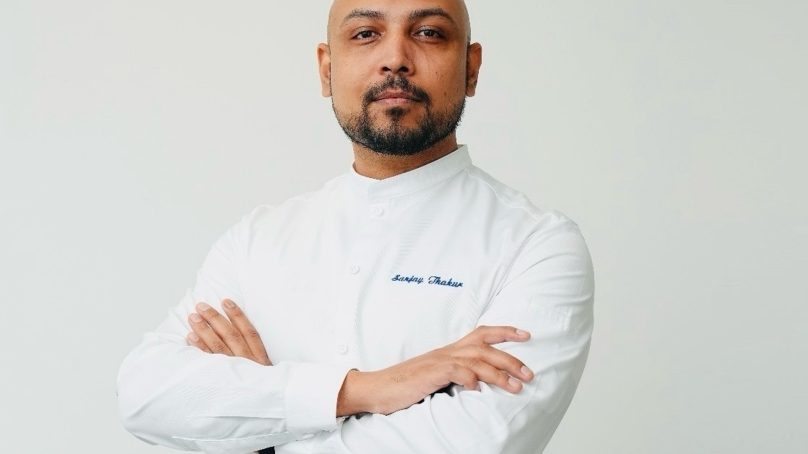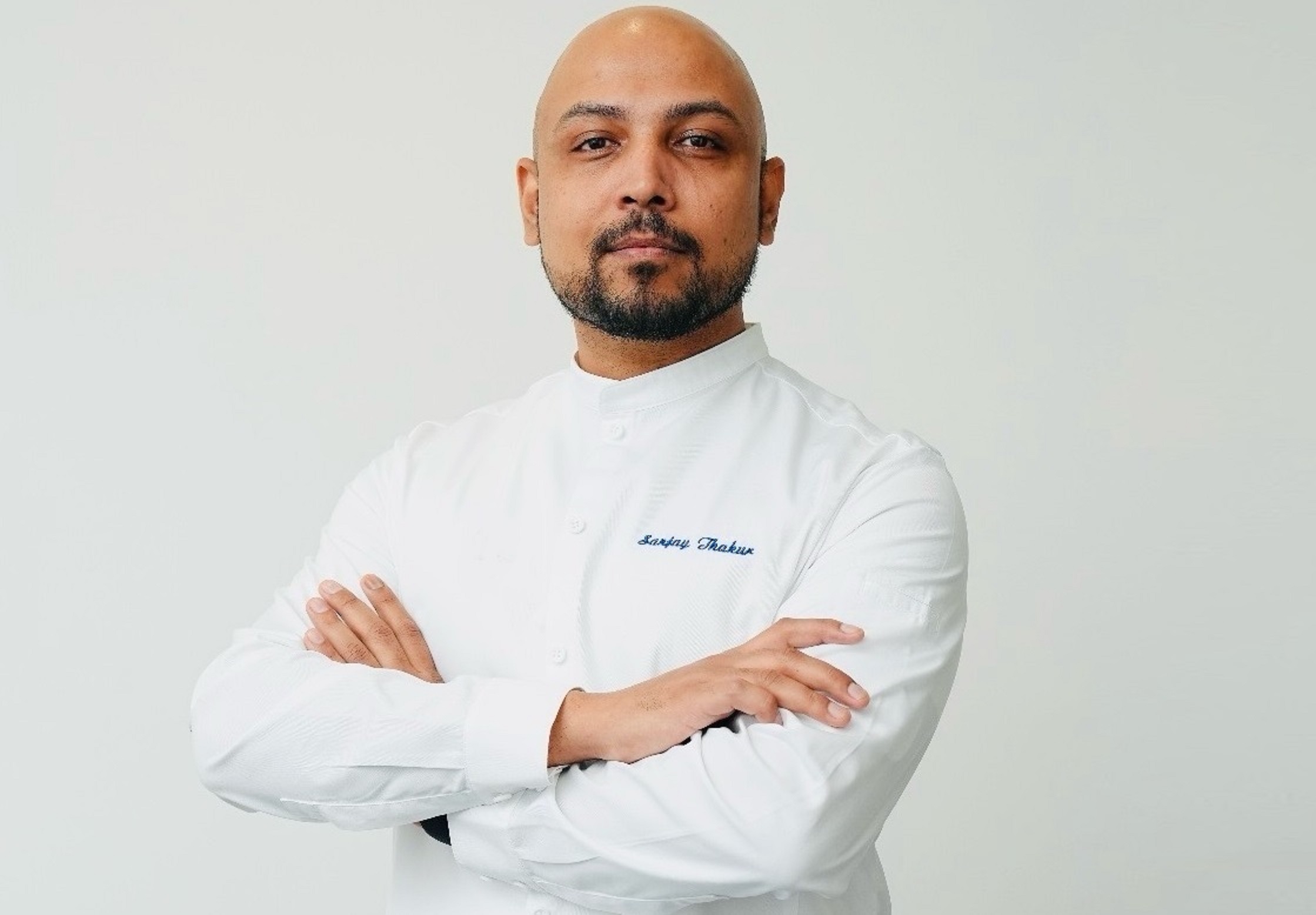In an exclusive interview with chef Sanjay Thakur, we learn more about his experiences in creating the world’s highest pop-up restaurant, setting a Guinness World Record and what he is planning next.
How did the experience of creating the world’s highest pop-up restaurant, Triyogyoni, shape your approach to culinary arts?
Creating the world’s highest pop-up restaurant experience proved to be a challenging yet rewarding endeavor for Triyagyoni. Consequently, the project involved designing a unique dining experience that would elevate guests to new heights, both literally and figuratively. One significant challenge was discovering how to create a dining experience that would remain safe and enjoyable for all guests. This undertaking required extensive research and rigorous testing to ensure the restaurant could withstand harsh high-altitude conditions and extreme weather.
Moreover, this endeavor reinforced the importance of innovation and creativity within the culinary arts, inspiring Triyagyoni to push boundaries continuously. Additionally, the experience highlighted the critical need for safety and sustainability in culinary practices.
Ultimately, Triyagyoni successfully incorporated these values into their food and dining approach, creating a more responsible and sustainable culinary experience for everyone involved.
Can you discuss your current role as an executive chef for an airline start up and the unique culinary challenges you are facing?
Challenges in aviation have minimized significantly over the years, as cabin pressure affects our senses onboard in various ways. Consequently, major aircraft manufacturing companies have brought this issue into balance, enhancing the overall flying experience for passengers.
Now, the focus shifts to logistics and staying up to date with global trends in the aviation industry. Additionally, flying has evolved into a topic of global connectivity, bringing together various segments of guests from around the world. Therefore, focusing on detail is my primary focus in this dynamic environment. However, this process requires time and dedicated attention, especially concerning the culinary market and its evolving demands.
What challenges did you, as a chef. face while setting the Guinness World Record and how did you overcome them?
Challenges often transformed into opportunities, enabling us to make the impossible possible through proactive measures like training and fitness. Specifically, our planning team dedicated six months of preparation prior to the event, ensuring we were ready for any scenario.
Additionally, uncertain challenges like weather, landslides, route blockages and altitude sickness, consistently posed major threats that could affect our record. However, we always developed backup plans to address these issues, allowing us to push forward with a positive mindset. Moreover, as someone from the Himalayas, I believe that the Himalayan soil blessed us with perfect conditions for success.
What are your upcoming plans?
We have an upcoming season of high-altitude dining scheduled for 2025, provided all the logistics fall into place. Additionally, I have a few interesting projects related to technology and food, as I am a strong believer in the power of tech.


















